Sand Scenes: California's Shifting Dunes

Picturesque Dunes
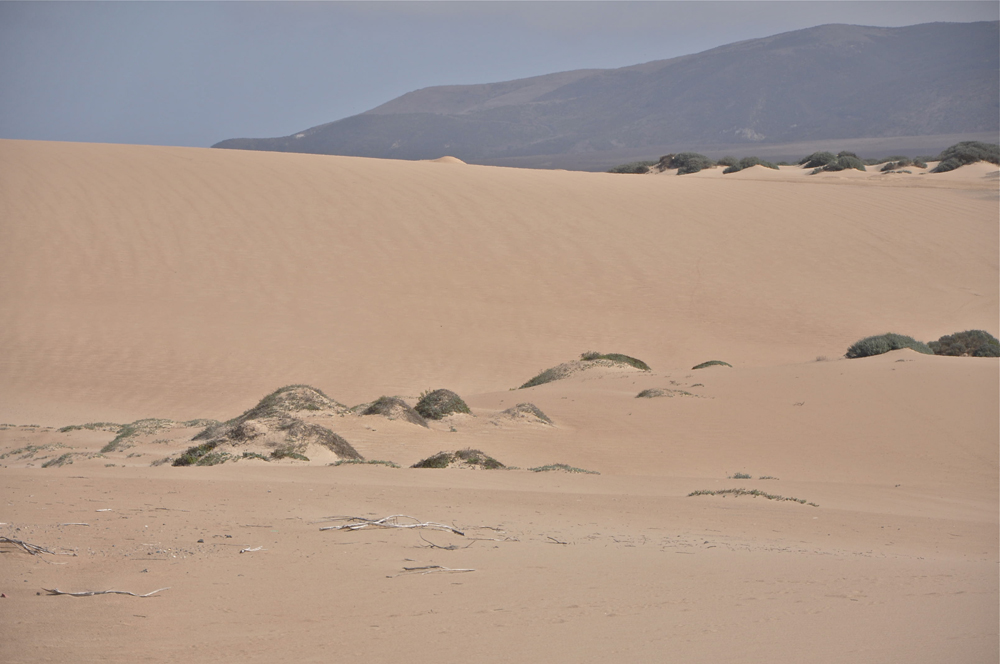
Sand dunes are found throughout the world, from arid desert zones to lakes and coastal plains. Dunes form picturesque and unique environments that provide habitats for a wide variety of life, which have amazingly adapted to what can be the most incredibly beautiful or the most eerie and inhospitable places on Earth.
Guadalupe-Nipomo Dunes
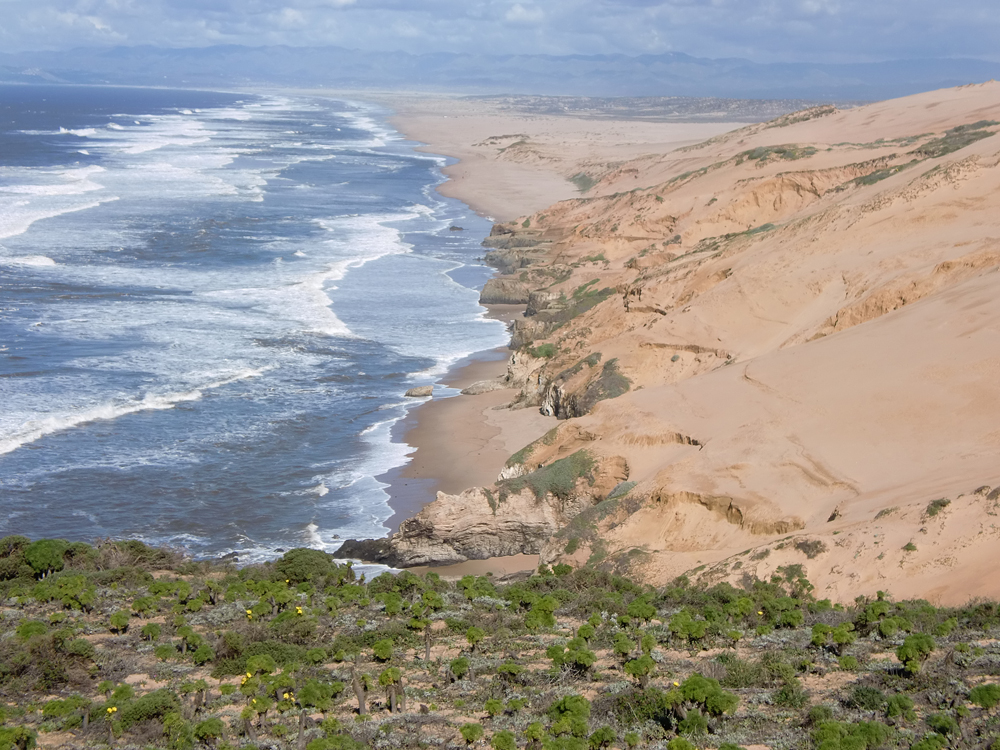
Along an 18-mile (29-kilometer) stretch of the central California coastline, from Point Sal north to Pismo Beach, is found an unique complex of sand dunes known as the Guadalupe-Nipomo Dunes. The complex is 15,000 acres in size. Roughly 6,000 acres of the dune complex are now protected by a variety of state, federal and private organizations.
Sand Dune Formation
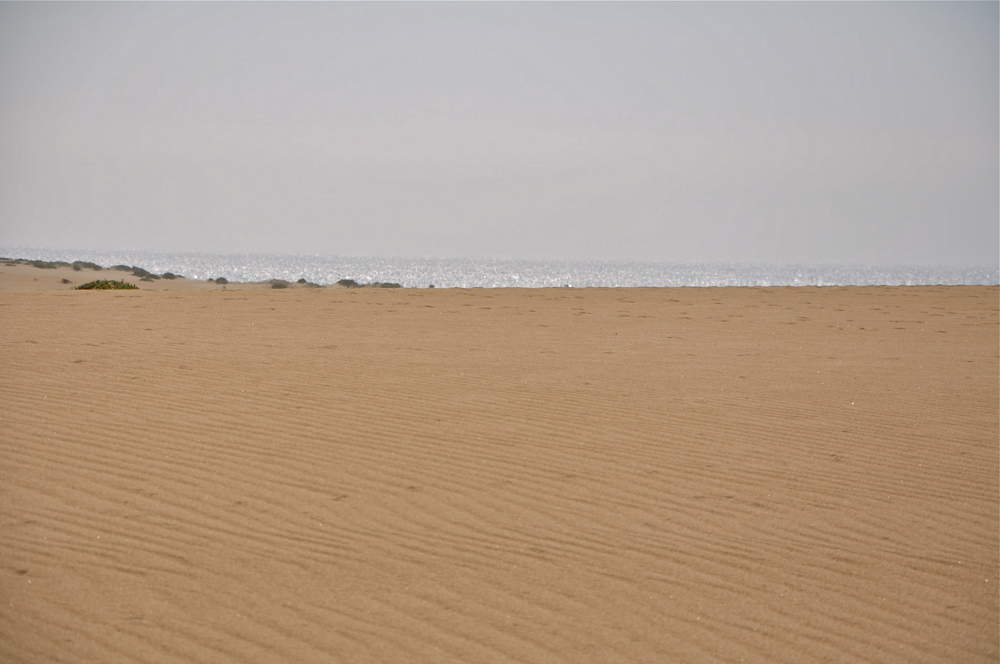
The origin of sand dunes is complex, but three essentials are always found: 1. There must be a large abundance of loose sand near land that is generally lacking in vegetation, 2. a source of wind strong enough to move grains of sand, and 3. a land topography that results in the sand particles losing their momentum and settling back to the ground.
Sand Dune Shape
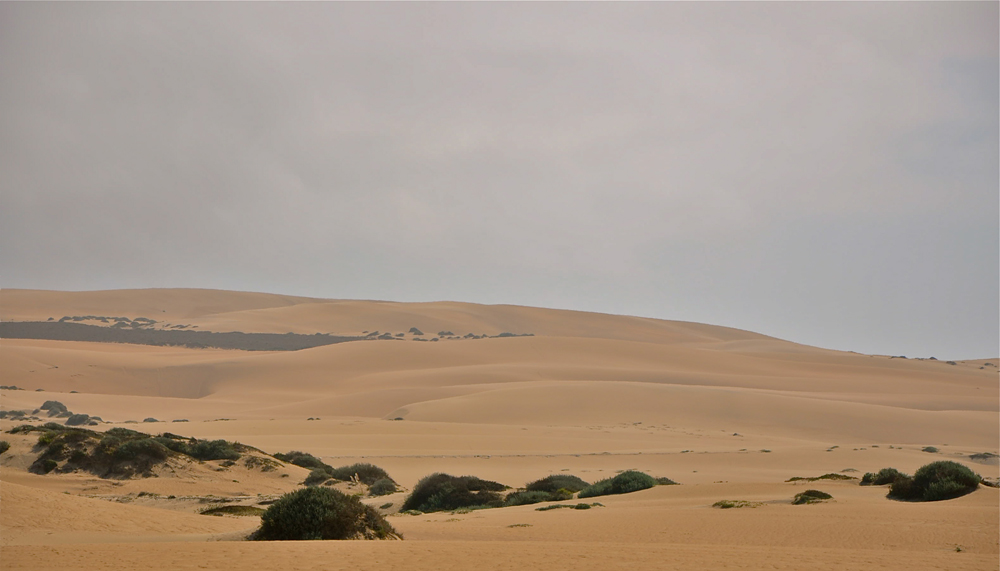
A variety of objects, tightly secured in the land, such as rocks, scrubs or even anthills, can cause the genesis of a sand dune. The shape that the dune will take is determined by the direction and velocity of the wind and the local supply of sand.
Wind-blown Sand
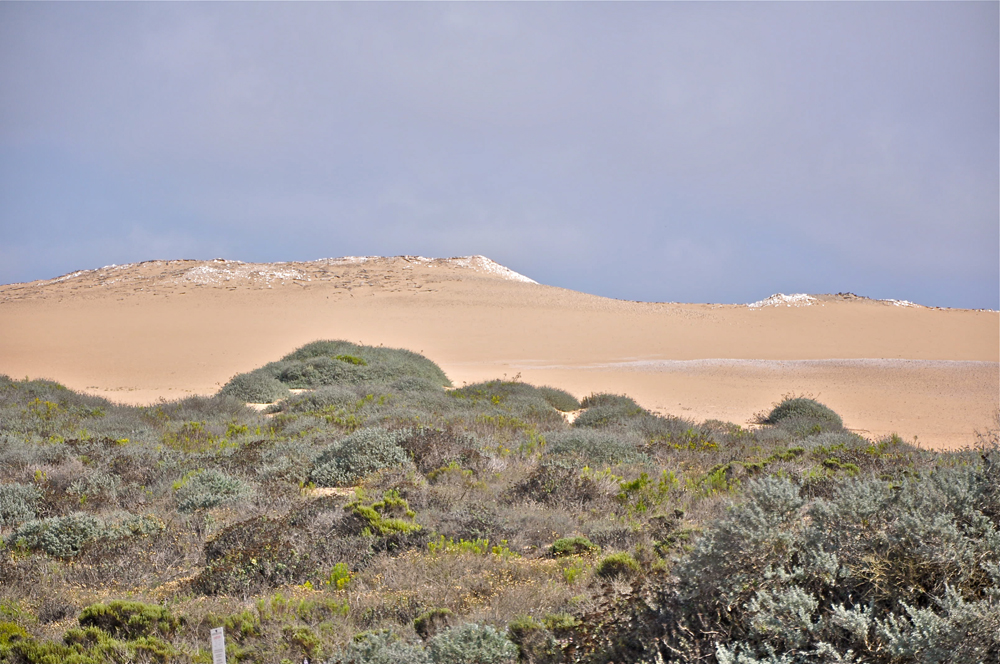
In the Guadalupe-Nipomo Dunes, the prevailing winds blow inland from the Pacific Ocean. The winds push the grains of sand up into a wave-like crest that runs in a north-south orientation along the coastline. The dunes of Guadalupe-Nipomo extend inland from the ocean between 2 to 5 miles (3.2 to 8 km) and can reach a height of about 500 feet (150 meters).
Leeward Side
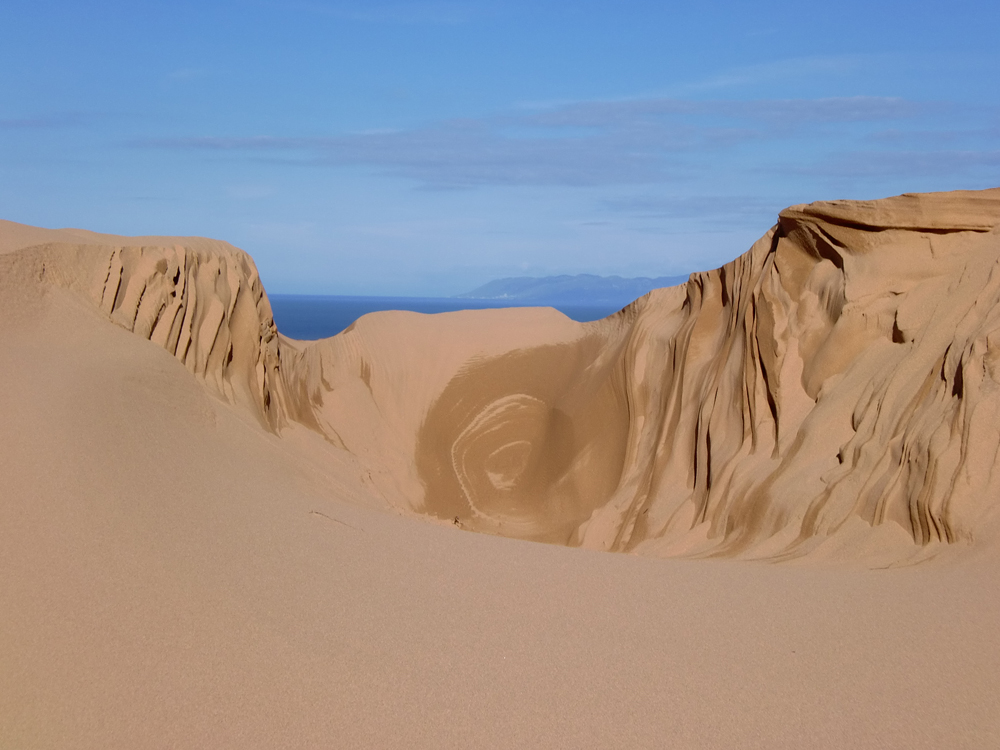
On the west, or windward, side of a dune, the slope is gentle. On the east, or leeward, side of a dune, the slope is very steep. The grains of blowing sand tend to collect together over the dune crest on the leeward slope. When enough grains are gathered, gravity results in small sand-slides downward. Thus the leeward slope of a dune is often referred to as the "slipface."
Santa Maria River's Role
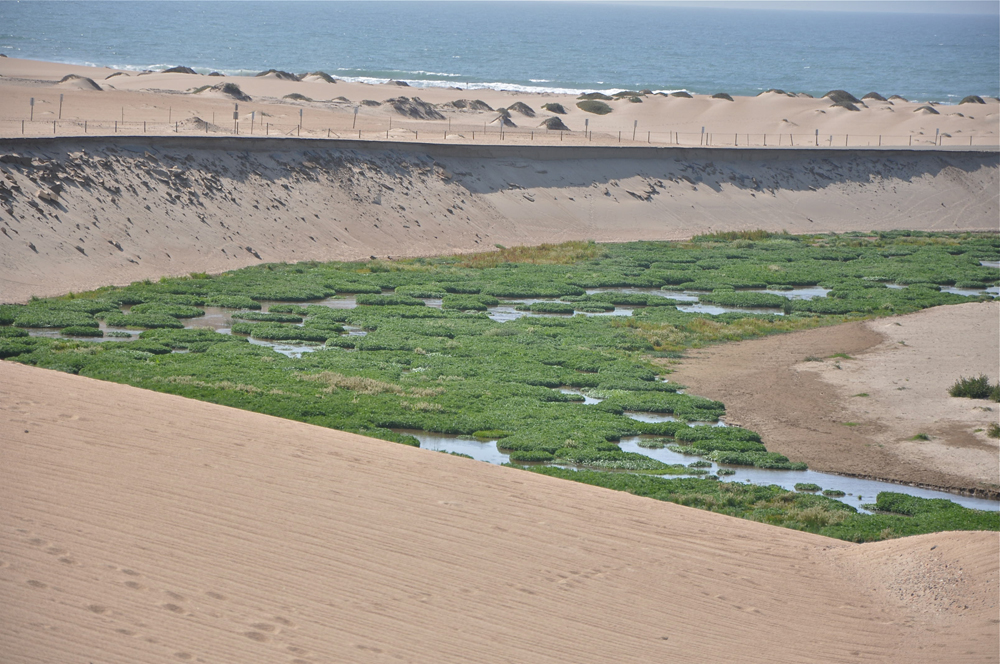
Here in the Guadalupe-Nipomo Dune Complex the Santa Maria River plays a key role in the dune ecology. The river brings a constant supply of sediment to the Pacific Ocean and deposits the sediment on offshore sandbars during the winter months. In summer, the sediments wash ashore onto the beach and are then blown inland by the northwesterly winds forming transverse-ridge and parabolic dunes.
Get the world’s most fascinating discoveries delivered straight to your inbox.
Endangered Plants
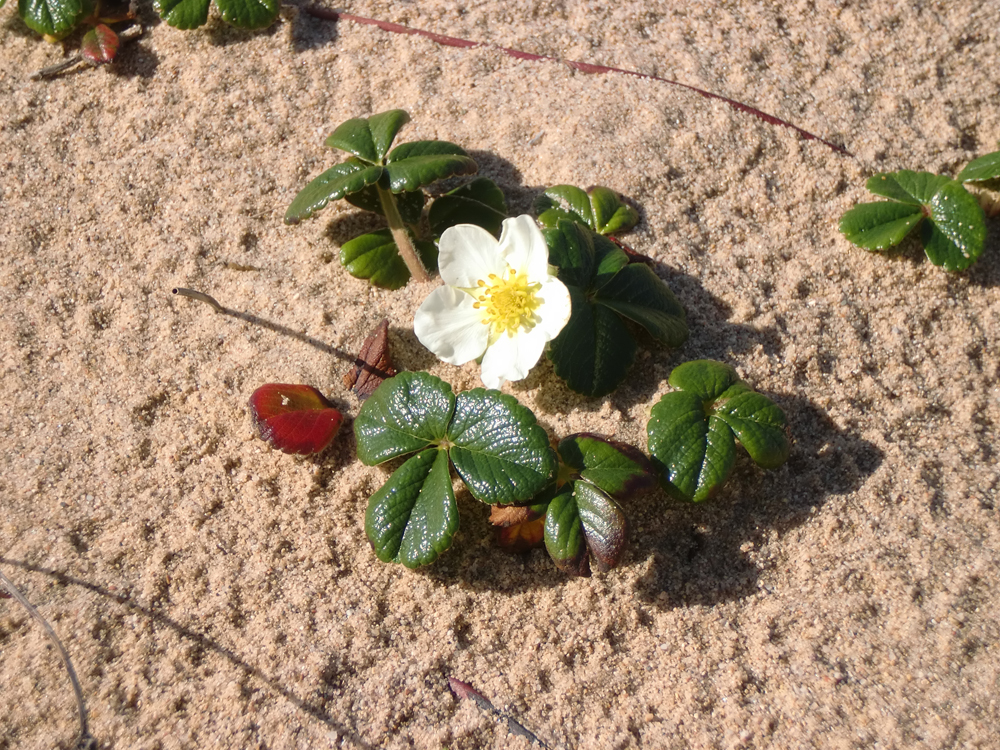
Amazingly, many varieties of plants secure a life-sustaining hold in these constantly shifting mounds of sand. The dunes are home to vegetation at both the southern and northern extremes of the plants' range. There are 18 species of rare and endangered plants found in the Guadalupe-Nipomo Dune Complex. Here a dune strawberry (Fragaria chileonsis) adds color and a source of food to a normally barren landscape.
Scrub Plants
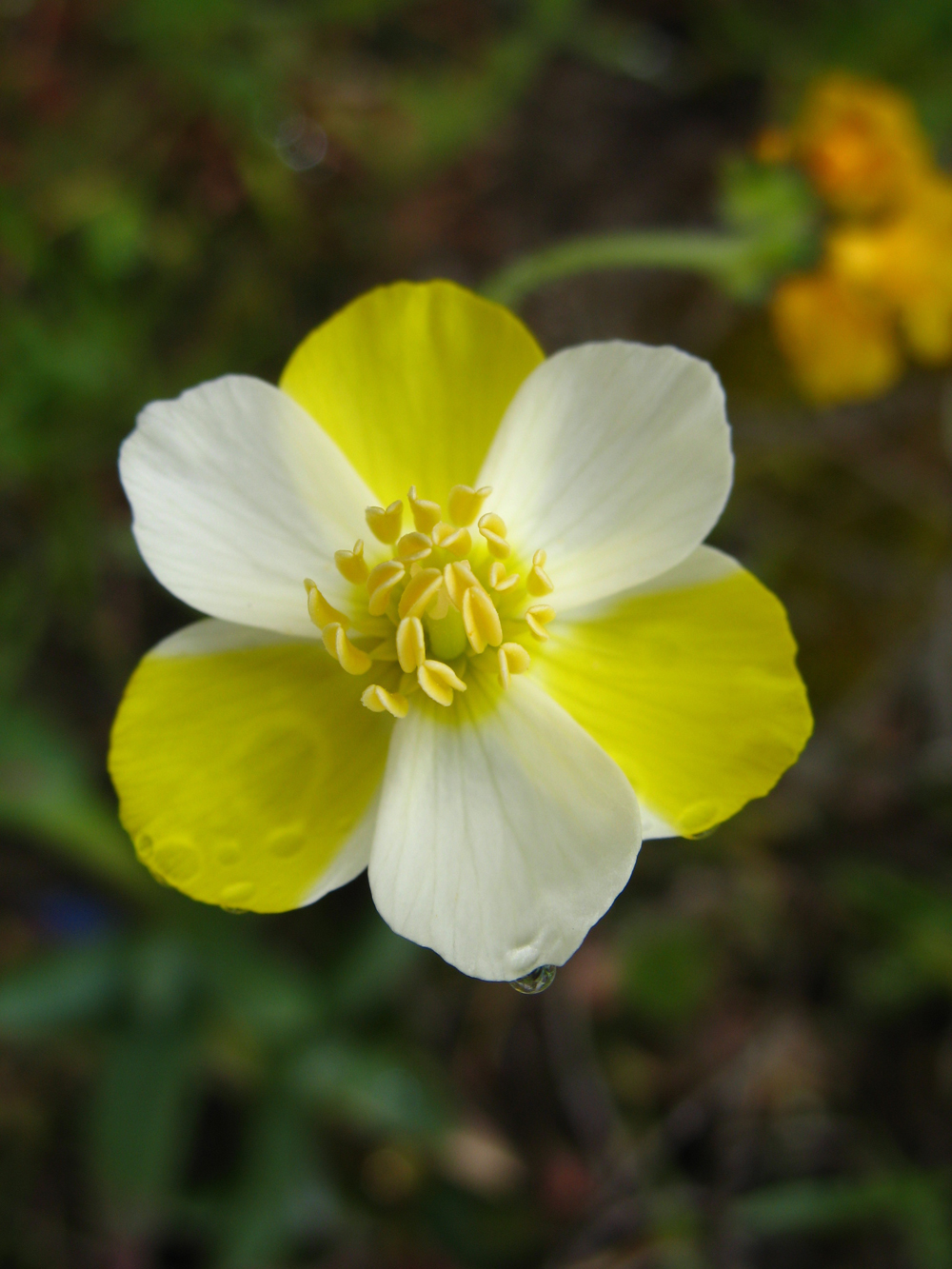
A carnival poppy (Meconella linearis) adds striking beauty to the Guadalupe-Nipomo Dunes. Other beautiful wildflowers, such as the prickly phlox (Leptodactylon californicum) and the giant coreoipsis (Coreopsis gegantea) are also found scattered among the rolling dunes. The dominant plant community found on these dunes is the coastal dune scrub. Scrub plants of this community stabilize the dunes by causing the blowing sand to accumulate and thus preventing the continual sand movement.
Dune Animals
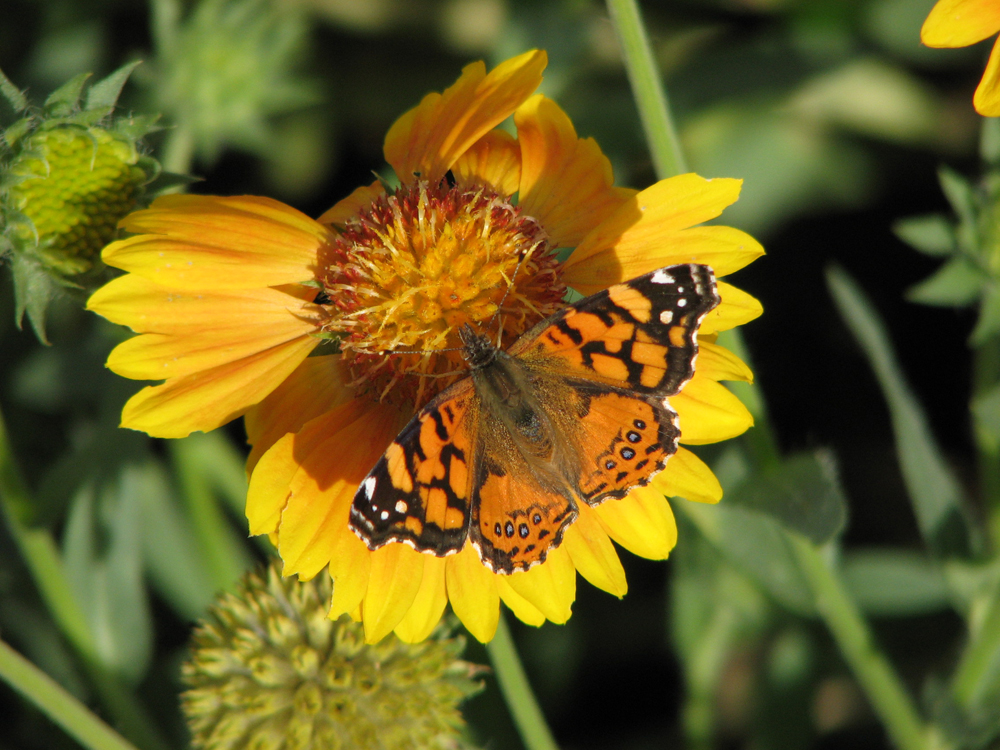
Animal life is also abundant in the Guadalupe-Nipomo Dune Complex. Populations of mountain lion, whitetail deer, coyote, jackrabbits and bobcats make their home territory here. So too do the endangered Califorina red-legged frog (Rana draytonii) and the California tiger salamander (Ambystoma californiense) survive in the harsh and unique dune ecosystem. This photo shows one of the many insect species, the Painted Lady butterfly, (Vanessa cardui) found among these amazing dunes.
Migratory Birds
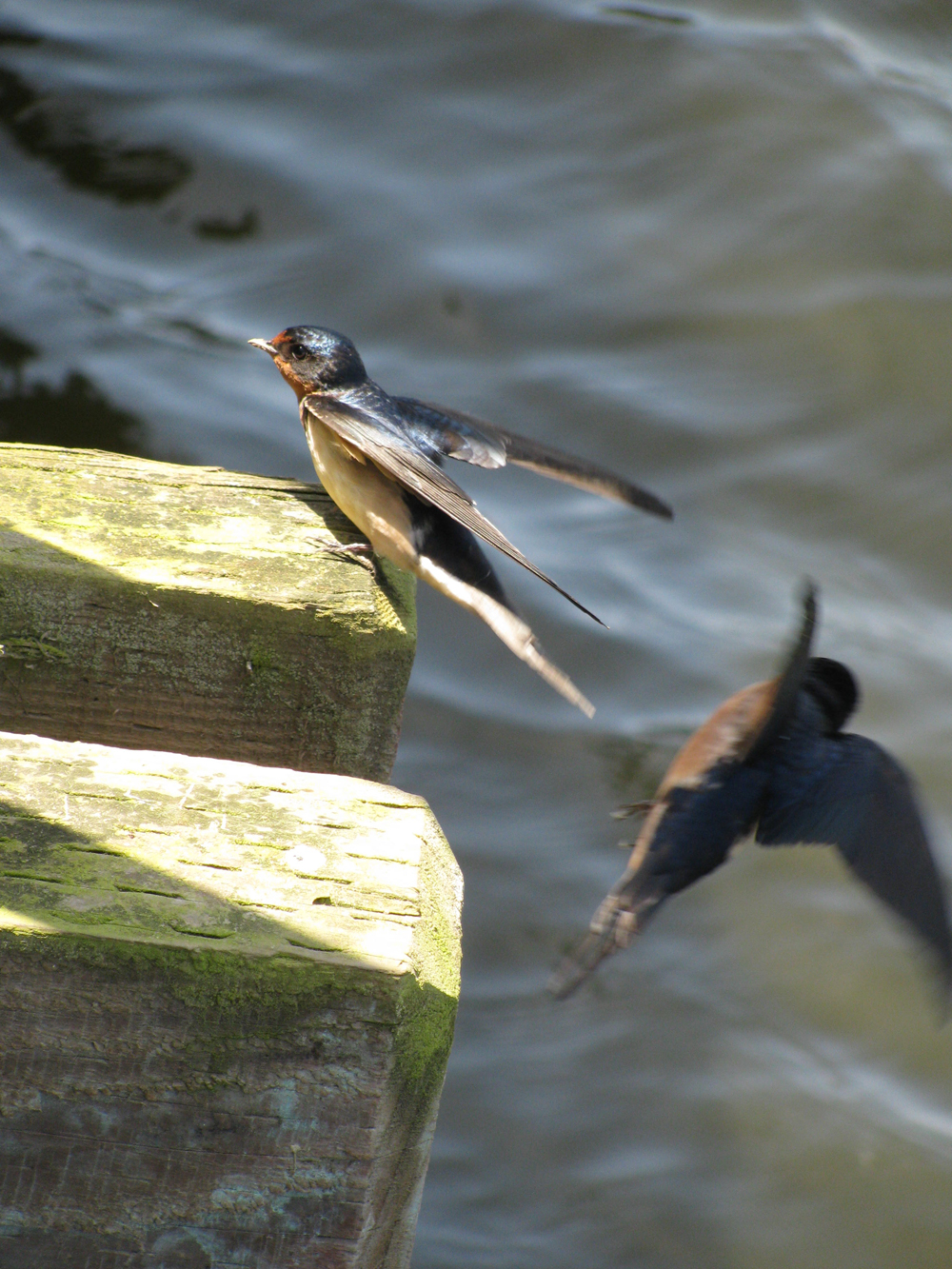
More than 200 species of birds have been sighted living in or migrating through the Guadalupe-Nipomo Dune Complex. This too is the site of one of the last known nesting colonies of the endangered California Least Tern (Sterna antillarum browni). The nesting colony is located in the dunes just south of the Santa Maria River. The photo above shows a pair of common swift swallows (Apus apus), which also nest among the rocky cliffs of the dune complex.


